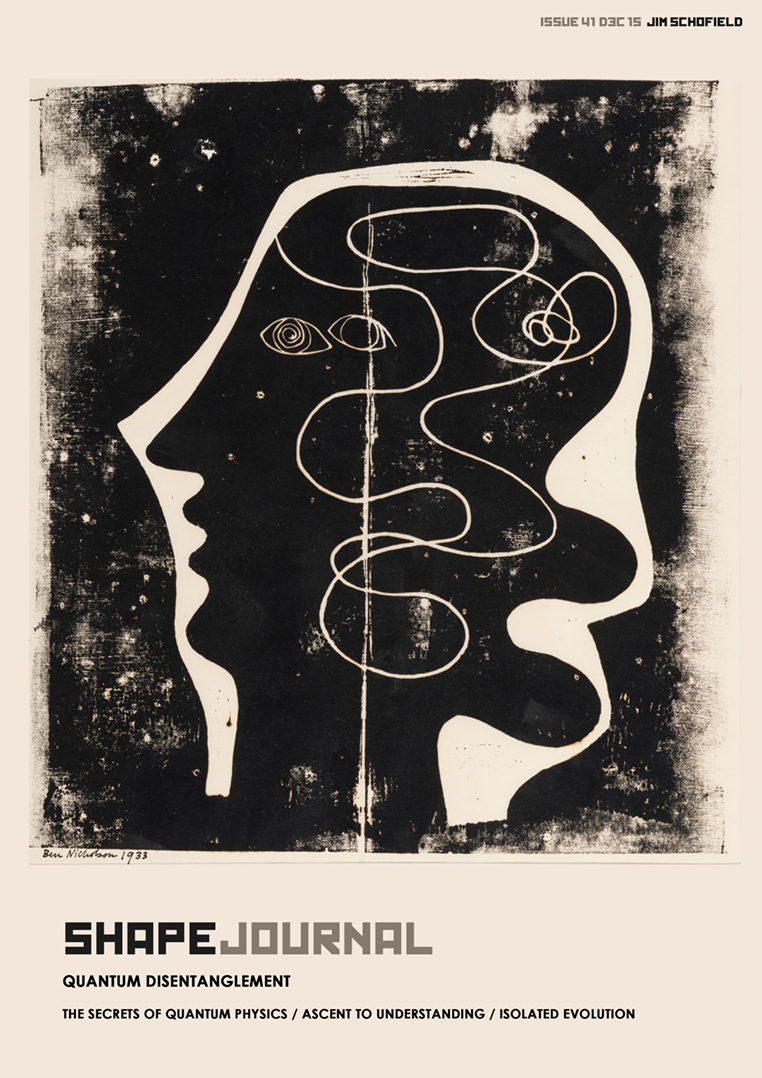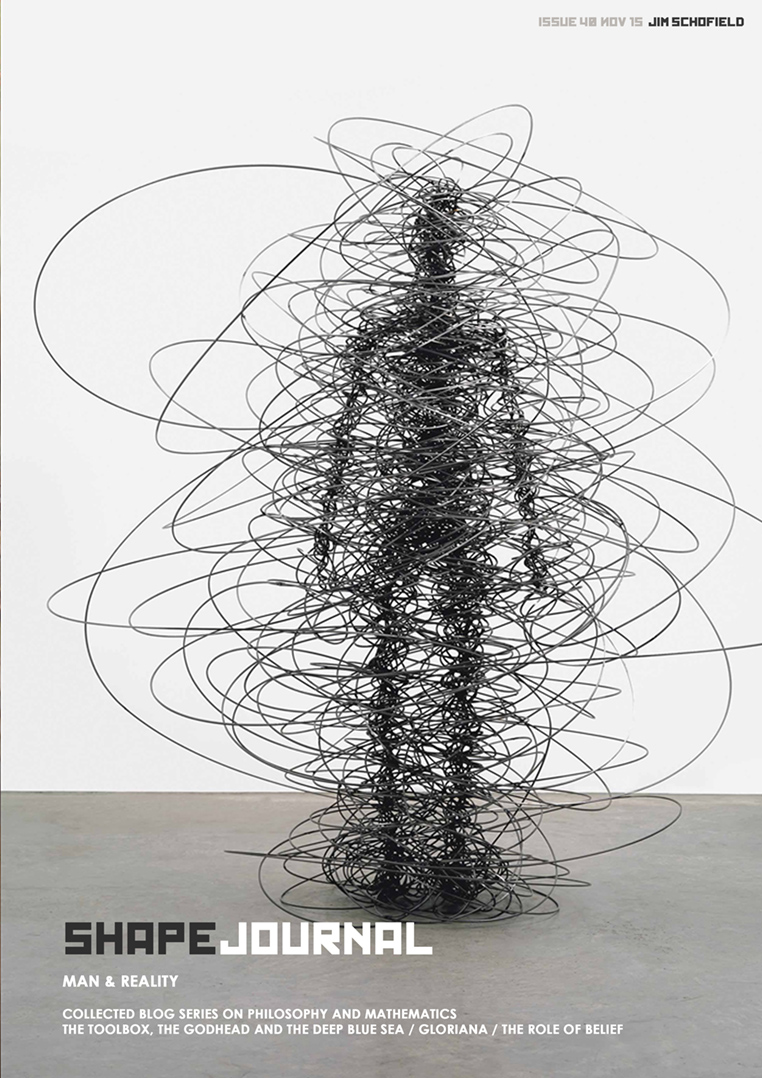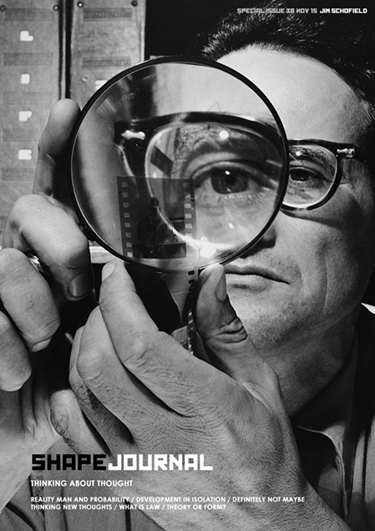The essential tasks for the Marxists of today
Many years later, I was developing Multimedia Resources for the Teaching of Dance (mostly Ballet and Modern Contemporary Dance). The main reason for this methodology was that we considered that the very best exemplars should be used at every level, and these could only be available in recordings. We also needed to intervene in any recording with perfect control plus easy and accurate access. A teacher HAD to be able to go directly to the movement she was teaching, and once at that moment to sensitively control its playing, with repeats and loops and slow motion. The DYNAMICS of each and every movement had to be precisely delivered, whatever way we were allowing its manipulation.
We therefore could NOT use Video Tape as the necessary access and control was too tedious and frankly impossible to effectively use. So we used Laser Disk technology. These contained a series of concentric tracks, each one containing a single 1/25th of a second frame. BUT, vitally these frames had been captured in an Analogue way. Moments from EVERY part of that 1/25th of a second were present within each and every frame. We had chosen Laser Disk for its controllability, but we had also chosen the ideal medium for delivering perfect movement dynamics.
We devised sophisticated and powerful Access & Control methods, which our users picked up in seconds and used with great power and subtlety to reveal the very essence of the movements.
The system worked like a dream and we won a British Interactive Video Award (BIVA) in Brighton in the Autumn of 1989.
The system worked extremely well, but we didn’t know why until we were required to do the same sort of processes using the “latest thing” – Digital Video. It turned out to be impossible!
I had to STOP the authoring of the new Multimedia Pack and find out why it didn’t work. I wonder if you can guess the reason for its inadequacy? It was Digital, hence though it still built movement out of 1/25th of a second frames, these were very different. They were each frozen STILLS. There were a series of such stills, each of which were held for 1/25th of a second and then replaced by the next still. All dynamics had been lost. Such a technology was fine for animation and fantasy, but Reality in movement was IMPOSSIBLE. After a long diversion researching the problem I was able to reveal the reasons for failure resided precisely in the “new” technology. It just could not cope with detailed analysis of movement. Indeed the movement NOT covered by the separate individual frames – indeed totally absent from the recording amounted to over 97%, and a fast moving hand could move (totally unrecorded) almost a yard between frames. I checked on sports events using digital cameras, and was amazed at the record of Paula Ratcliffe winning the New York marathon – there were only THREE positions of her arm in the record of a single swing, and, of course, such a movement was particularly slow. Imagine trying to study the dynamic detail in a delivery by a fast bowler with such an inadequate technology! Slow motion was a farce, and the dynamics of subtle movement always totally absent. No wonder it didn’t work!
You will have noticed, of course, the occurrence of the very same problem as I have mentioned several times already. Once again, we have a pragmatic solution to representing movement in terms of descrete moments – Descreteness was being used where Continuity turns out to be essential!
The information delivered by Digital Video for human vision and interpretation, which was to be used to recreate actual movement was clearly totally inadequate to the task. The only interpretations possible were crude and simplified extrapolations between inert stills.
But Dance, like Music is packed with subtle accelerations and decelerations, which deliver the Art involved, and these were crucially entirely absent!
So, why did the old alternative, Analogue Video, work so well, while Digital Video was useless?
Without going into the fairly complex detail of the results of my work, what I discovered was that elements from the whole of the 1/25th of a second duration of a frame were indeed present in the analogue version as a sort of “smeared still”. But, when you looked at such a frame in isolation, it appeared confusingly blurred and seemingly entirely useless. The Digital Frame in comparison was completely crisp and clear.
The universal consensus was (and still is) that ONLY the clear, focussed images available via Digital stills could facilitate the serious study of movement. And of course, in one respect they were correct. For while accurate, positional information could be extracted from a Digital Still, no such useable positions were possible from the smeared, Analogue alternative. But the myth was that widely spaced crisp positional information was sufficient to deliver the actual dynamics of the movement involved.
It wasn’t and never can be.
It was the age-old myth that precise numeric information is everything. In movement, that is never the case. The subtle variations in functional movement – the DYNAMICS – is what delivers the real content, and Analogue “smeared stills”, when delivered as a MOVIE, was the only way to deliver that. The very fact that each and every smeared still contained something from every moment of the frame period made it possible for the human Eye/Brain system to correctly interpret the movement. There can be no doubt that the analogue version was ideal for delivery in sequence, and also that our human facilities were ideally equipped to extract the maximum from that seemingly blurred and useless record.
I could go on and explain what could be delivered by slow motion, by looping and by many other techniques, but suffice it to say that on ALL these counts Digital was useless and Analogue was supreme.
Though, I have to admit, that I am in a minority of ONE in taking this position. The voluminous data from digital frames stills seduce the majority of “experts” in this field.
Do you recognise the SAME problem as we saw earlier in the Calculus and in Zeno’s Paradoxes?
It was, and is, the problem of Continuity and Descreteness once more!
Believe it or not, we solved the problem.
I will NOT burden you here with all the details, but suffice it to say that we, that the work led to the appropriate delivery of dynamics and even to the design of an entirely NEW camera for recording and studying movement, which I have called the Twin Movement Camera.
This may seem a long way from Marxism, but it is at the philosophical heart of it!
No-one else had even noticed what was being lost, and still the Digital avalanche continues unabated, and experts use Digital cameras to analyse movement in Sport and many other areas without discovering the inadequacy of their chosen means.
In contrast, a Marxist working alone, without either funds or facilities, cracked the problem, while literally thousands of scientists working in this field world-wide have failed to do so.
The legacy of this research continues in the current work by Bedford Interactive, and their pioneering software FORMotion.
If you think that the correct interpretation of movement in Ballet is resoundingly unimportant, may I change tack completely and go on to questions concerning the Nature of Reality and the universally accepted methods of Science to further my case?
If you think that the correct interpretation of movement in Ballet is resoundingly unimportant, may I change tack completely and go on to questions concerning the Nature of Reality and the universally accepted methods of Science to further my case?
This post is the fourth in a new blog series entitled "What is to be done?" on the crises in both Marxism and Science, and how a revolution is necessary in both. This body of work will eventually be published in Shape Journal as a Special Issue. Watch this space!
This post is the fourth in a new blog series entitled "What is to be done?" on the crises in both Marxism and Science, and how a revolution is necessary in both. This body of work is AVAILABLE NOW as a Special Issue. Read it all here!






 The coordinates of the points at A and B could easily be used to find the lengths AC and BC and a very inaccurate estimate of the required slope (at A) could be obtained from that of the chord AB.
The coordinates of the points at A and B could easily be used to find the lengths AC and BC and a very inaccurate estimate of the required slope (at A) could be obtained from that of the chord AB. 
























